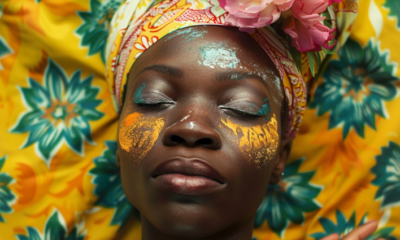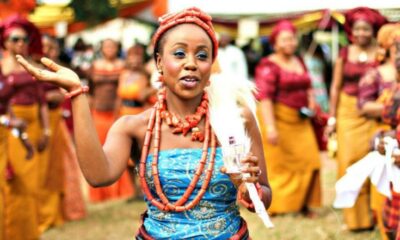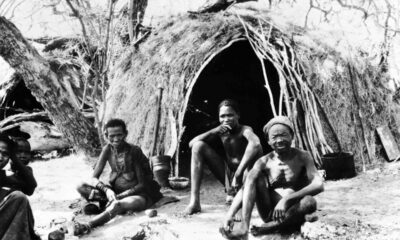1. Karamojong
Deep in the heart of northern Uganda, roughly 370,000 individuals known as the Karamojong Tribe make their home. Their journey to this land stretches back centuries, with studies suggesting they migrated from Ethiopia around 1600 AD. Today, they proudly speak their own distinct language, Karamojong, and fiercely hold onto their cultural traditions.

The Karamojong people are deeply traditional, taking immense joy in their unique customs and practices. They tend to view any outside attempts to alter their way of life with suspicion, requiring careful understanding and sensitivity to bridge cultural gaps.
Their way of life revolves around livestock, with herding forming the core of their existence. In regions where herding proves challenging, they supplement their income by cultivating crops.
Sadly, the Karamojong population is steadily declining, highlighting the importance of recognising and preserving their valuable cultural heritage.
2. Himba
The Kunene region of northern Namibia and southern Angola is where the Himba tribe proudly carries on their traditions as one of Africa’s smallest communities, numbering around 50,000.

For over 500 years, they’ve called this land home, and their lives have been centred around tending livestock. Though small in size, their cultural spirit remains strong, guided by a unique system of inheritance where both maternal and paternal lineages hold importance.
Due to the arid environment, their diet primarily consists of fermented milk, porridge made from maize, and sometimes simply porridge without additional ingredients. To supplement their food sources, they incorporate cornmeal, chicken eggs, wild herbs, and honey into their meals. Occasionally, they sell cattle to acquire cash.
The Himba communicate in their own distinct language, Otjihimba, a branch of the Bantu language family. This rich tapestry of traditions, language, and resilience makes the Himba a truly remarkable community within the diverse cultural landscape of Africa.
3. El Molo
Only 300 El Molo people, the smallest tribe in Kenya, live on the beaches of Lake Turkana. They arrived there over 3,000 years ago, leaving their Ethiopian farming life behind to become fishermen.

Their own language, El Molo, keeps their unique culture alive. While some now live in modern houses, many still choose traditional huts by the lake.
Many El Molo follow a traditional religion worshipping Waaq, a single god, like in ancient Oromo beliefs. Some have also embraced Christianity.
When someone dies, El Molo buries them under a small pile of stones and moves the whole village away, showing respect for the dead.







































